
In 1919 Walter Gropius established the „Staatliche Bauhaus” in Weimar, a classical city in Thuringia, and started a new model of design. It was one of the most important and most influential design schools. In 1925 the Bauhaus school moved to Dessau and was closed down in 1933 by the National socialists. It reopened in 1986 as a center of design.
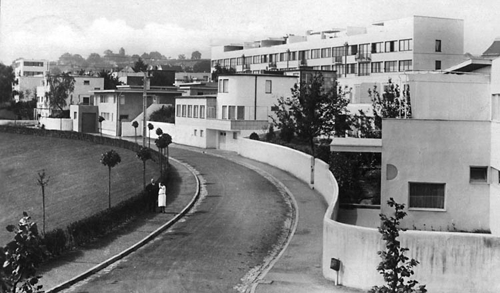
above: Modern architect Mies van der Rohe was also a director at the Bauhaus. Here his Weissenhof Housing Project in Stuttgart shows his combination of utopianism and pragmatism.
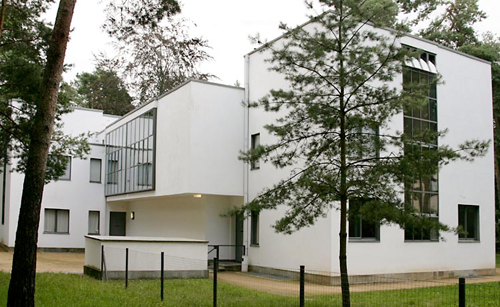
above: Gropius also designed master houses for the teachers at the Dessau Bauhaus. Painters Wassily Kandinsky and Paul Klee lived side by side.
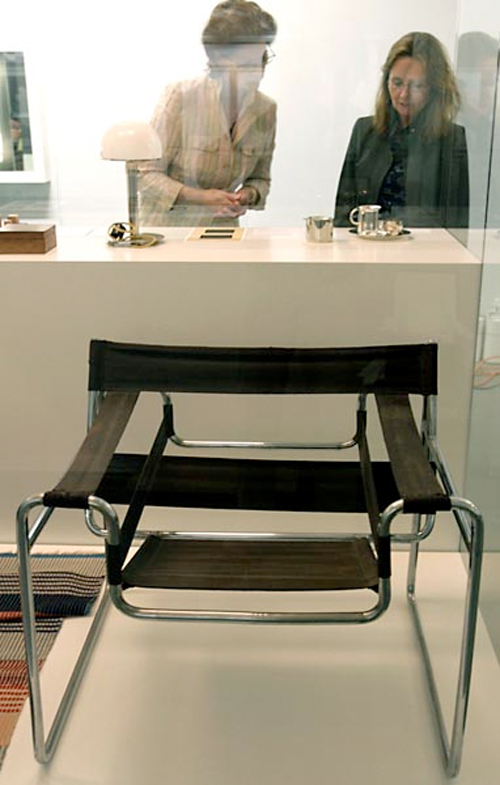
above: Marcel Breuer designed his iconic “Wassily” chair in 1926. Gropius wanted the school to be closely involved with technology and industry.

above: A view inside the Bauhaus school in Dessau. The building is now a UNESCO World Heritage site.

above: The school’s minimalist aesthetic has had a lasting impact. These chairs are the “Red Cube,” by Peter Keler, designed in 1921 and “Seat 51” by Walter Gropius.
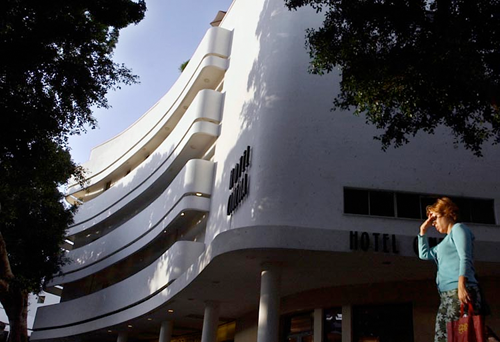
above: The Bauhaus style was exported to Israel when European immigrants arrived there. For example, the so-called White City that makes up the heart of Tel Aviv is one prominent example.
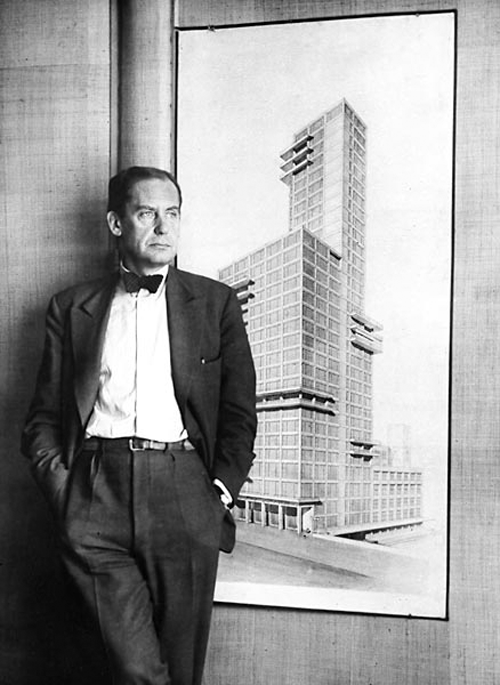
above: Walter Gropius went on to teach in the United States and firmly established the reputation of the Bauhaus there. Here he stands in front of his design for the Chicago Tribune building.
Weimar and the surrounding area, as well as Jena and Erfurt will be the center of this “Bauhaus” anniversary in 2009. The central focus of the Weimar events will be an exhibition “Das Bauhaus–klassisch–Das Staatliche Bauhaus 1919-25 und seine Beziehung zum historischen Weimar“ (April-July 2009). (The Bauhaus–classic–the state Bauhaus 1919-25 and its connection to historical Weimar)
Important artists of the Bauhaus school will be honored, such as its founder Walter Gropius, Lyonel Feininger, Johannes Itten, László Moholy-Nagy, Josef Albers, Paul Klee, Wassiliy Kandinsky and Gerhard Marcks. Exhibitions and events will take place in the Bauhaus Museum, the New Museum Weimar, the Schiller Museum and the Goethe National museum.
In 2009 the 90th anniversary of the Weimar Republic will also be celebrated.
For further information see: bauhaus2009 and spiegel online







